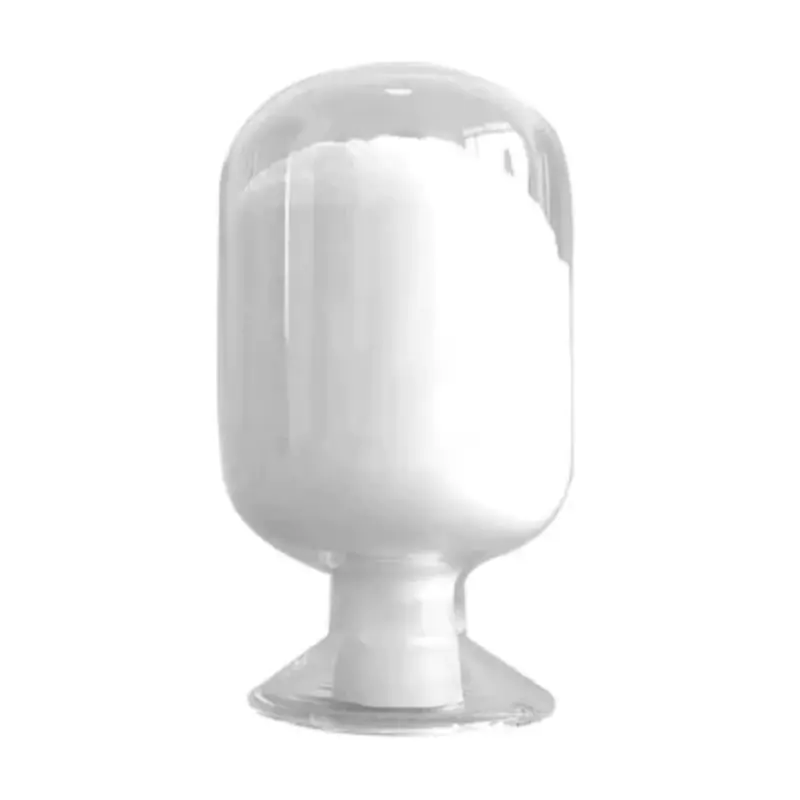The Journey of Polyester Raw Materials to Finished Products
2024-12-18
Polyester is a staple material across industries, from fashion to packaging to industrial applications. But how do its raw materials transform into the final products we use every day? Let’s take a closer look at the fascinating journey from raw ingredients to finished polyester goods.

Step 1: Sourcing Raw Materials
The journey begins with two primary components:
- Purified Terephthalic Acid (PTA): Extracted from petrochemical refineries.
- Ethylene Glycol (EG): Produced through the hydration of ethylene oxide, a byproduct of petroleum or natural gas.
Step 2: Polymerization
The raw materials undergo a chemical reaction known as polymerization:
1. PTA and EG are combined under heat and pressure in the presence of a catalyst.
2. This process produces polyethylene terephthalate (PET), a long-chain polymer.
3. The PET is cooled and solidified into pellets or chips for further processing.
Step 3: Fiber Production
For textiles and fabric applications:
- The PET pellets are melted and extruded through spinnerets to create thin filaments.
- These filaments are stretched and treated to enhance their strength and elasticity.
- The fibers are then spun into yarns or woven into fabrics.
Step 4: Non-Fiber Applications
Polyester isn’t just for fabrics. PET is also molded or extruded into shapes for:
- Packaging Materials: Such as bottles and food containers.
- Films: Used in photography, electronics, and insulation.
- Industrial Components: Including conveyor belts and automotive parts.
Step 5: Recycling and Reuse
The lifecycle of polyester doesn’t have to end after its initial use. Recycled polyester (rPET) offers a sustainable alternative by converting discarded plastic products into new materials. This process involves:
- Collecting and cleaning plastic waste.
- Breaking it down into PET flakes.
- Melting and reforming the flakes into new polyester products.
Innovations in Polyester Production
The polyester industry is continuously evolving, with new technologies enabling:
- Lower Energy Use: Innovations in polymerization processes reduce the environmental footprint.
- Enhanced Properties: Modified raw materials yield polyester with improved strength, flexibility, or thermal resistance.
- Sustainable Alternatives: Increased use of bio-based and recycled materials.
From sourcing to sustainability, the journey of polyester raw materials showcases a blend of chemistry, engineering, and innovation. This process ensures that polyester remains one of the most versatile and widely used materials in the modern world.


